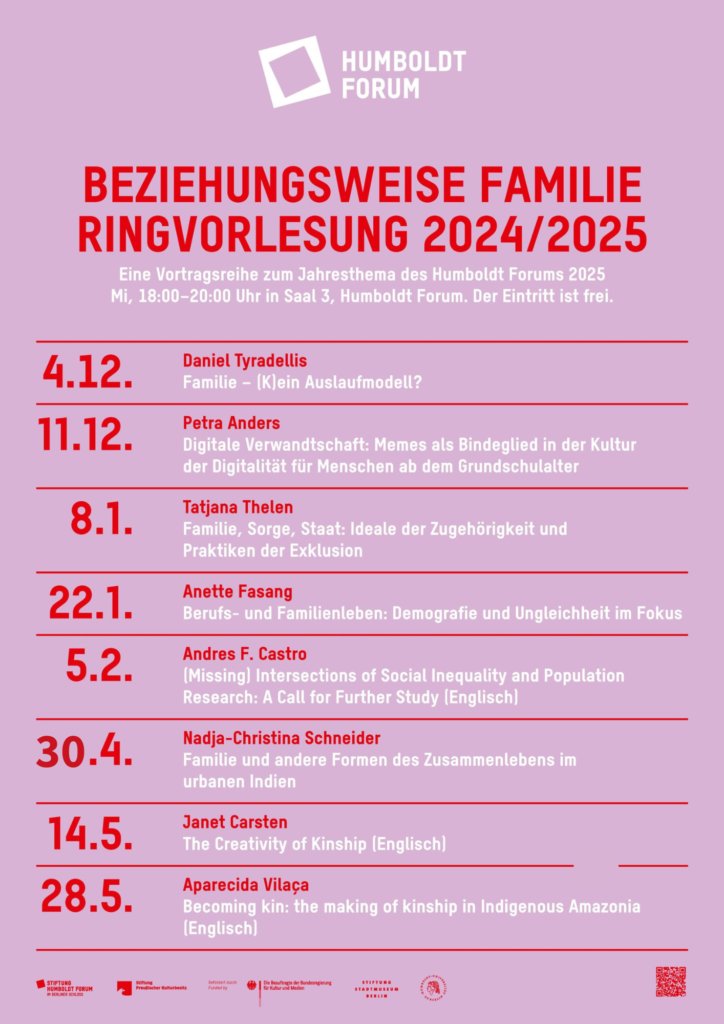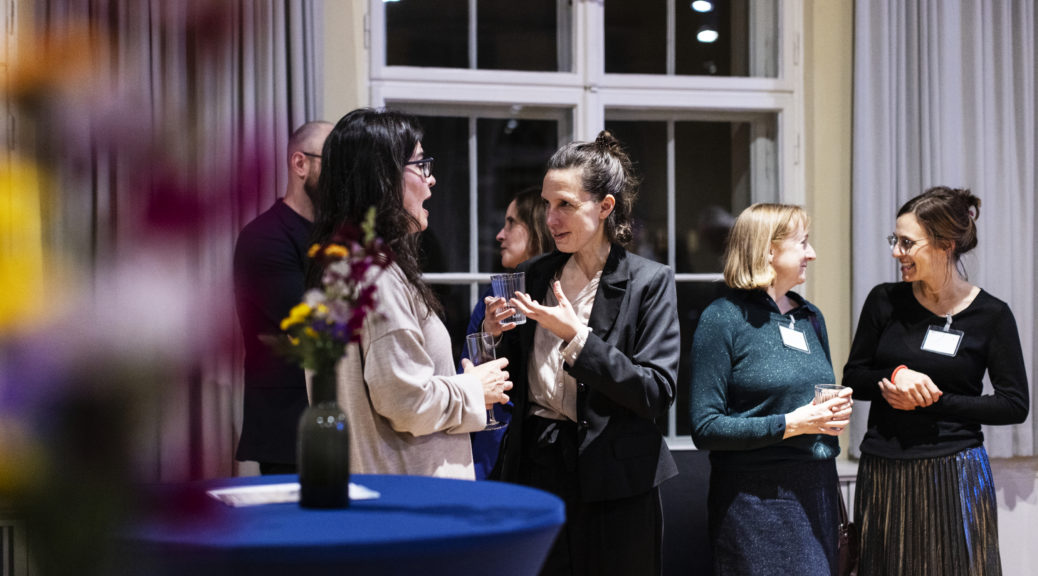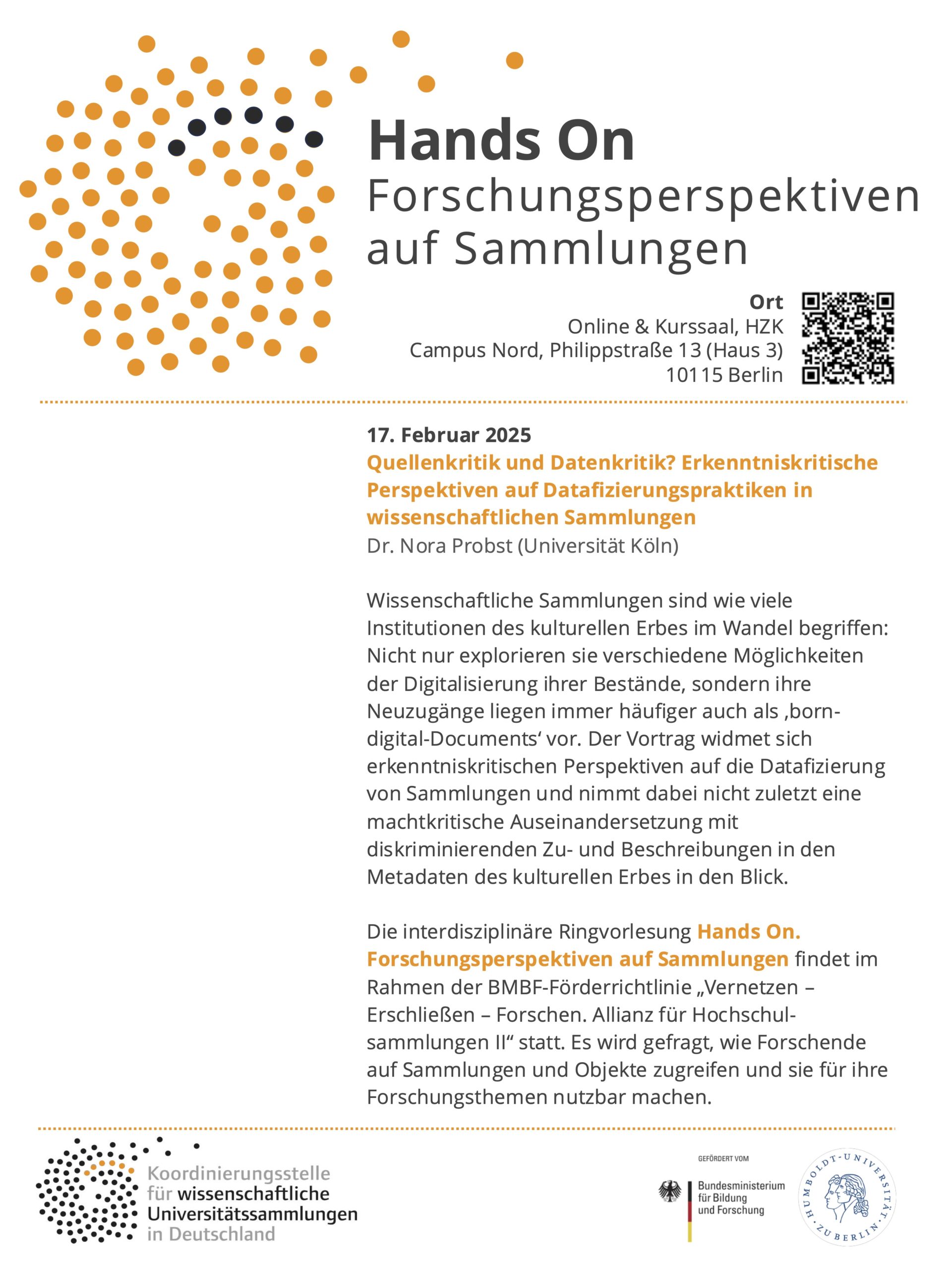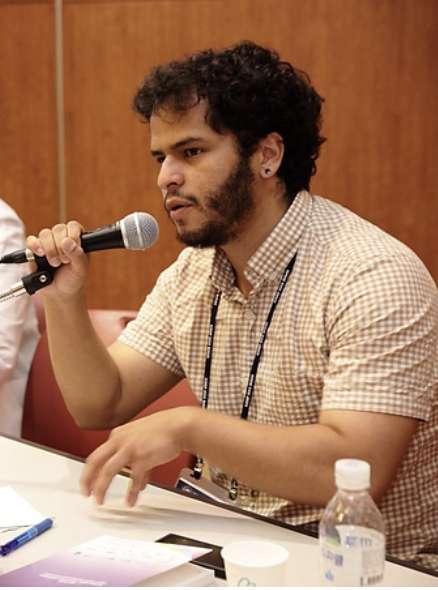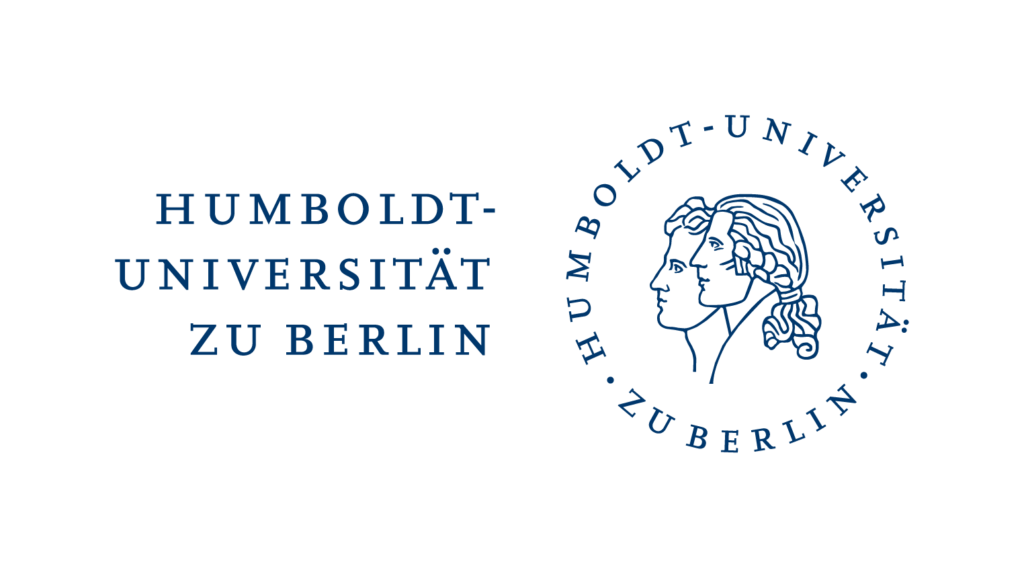“Choreographies of knowledge” at the Object Lab invites practitioners and researchers from the fields of body-based arts, movement and performance to share their practices in a relaxed open studio atmosphere. In this series of dynamic encounters scientific concepts are gaining potential to transform into lived experiences, tracing the invisible choreographies of knowledge and suggesting novel pathways for teaching and research.
How does knowledge move? What transformative potential lies in movement for sharing and shaping ideas? Does research have a rhythm, a form, a choreography? How do bodies, materials, concepts and spaces interact and dance together in the dynamic co-creation of knowledge?
This event aims at fostering transdisciplinary dialogue, where artistic exploration and academic inquiry converge to spark new possibilities and creative collaborations.
4 July
5 pm An Boekman “Moving the Classroom” (Tanz in Schulen) / auf Deutsch
6 pm Irina Demina “Folk Dance and AI. Rethinking traditions” / in english
5 July
5 pm Lina Gómez “Embodied Landscapes. Seismic bodies” / in english
6 pm Wanda Golonka “Rund um die Leere. Choreografie und Keramik” / auf Deutsch
Location:
Objektlabor
Hermann von Helmholtz-Zentrum für Kulturtechnik
Humboldt-Universität zu Berlin
Campus Nord – Haus 3
Philippstr. 13
Short, non-binding registration would be appreciated: wissensaustausch.hzk@hu-berlin.de
___________________________________________________________________________
4 July 2025
5 pm An Boekman “Moving the Classroom” (dance in schools)
www.tanzzeit-berlin.de
An Boekman invites participants to a hands-on session and presents the project “Moving the Classroom”, which integrates movement as a dynamic and aesthetically engaging approach to conveying curriculum content across various school subjects within the classroom. Participants in today’s event are encouraged to explore their own embodied experience of how, and to what extent, movement can function as a powerful tool for learning and teaching. The focus is on a topic from computer science: digital problem-solving strategies and the choreographic potential of algorithms. The format compellingly demonstrates how, especially in times of increasing digitalization, physical experience can become a key to understanding complex content.
Since 2024, the pilot project “Tandem Dance and School: Cultural Approaches in Teacher Education” has been running as a collaboration between Freie Universität Berlin and TanzZeit e.V.
6 pm Irina Demina “Folk Dance and AI. Rethinking traditions”
www.irinademina.com
Irina Demina shares insights into her creative collaboration with computer scientist/programmer Dávid Samu on exploring the possibilities and potential of a dialogue between traditional and digitally stimulated choreographies by integrating the traditional folk lexicon with digital machine learning technologies.
Specifically for the project “KLOF. Cyberographies of Folk” an algorithm was developed that got trained on dozens of folk dances from around the world, allowing it to generate synthesized hybrid choreographies — opening new perspectives on how artificial intelligence can contribute to reimagining and rethinking inherited bodily practices.
5 July 2025
5 pm Lina Gómez “Embodied Landscapes. Seismic bodies”
www.linapgomez.com
Lina Gómez shares insights into the creative journey behind her project “Vagarosas”, that began in 2019 with a residency at Radialsystem and an exchange with Mark Handy, Professor at the Institute of Geological Sciences, Tectonics and Sedimentary Systems at Freie Universität Berlin.
Using mountains and volcanoes as metaphors for movement and perseverance, the research later expanded to two residencies in Chile. In 2022 and in 2023 Gómez worked with her creative team at Bosque Pehuén, a private protected area managed by Fundación Mar Adentro.
This creation process—bridging art, science, and local communities—culminated in a striking stage work premiered at Radialsystem Berlin, where seven performers embody resilience, coexistence and continuous transformation through rhythm, presence, and collective motion.
6 pm Wanda Golonka “Around emptiness. Choreography and ceramics””
www.wandagolonka.com
„…Become one with the earth by studying and repeating the gestures.
A timeless practice.
Concentration on the inner self.
The form is created by the inside.
The anchoring.
Breathing in the gestures, adapting the rhythm.
Centring.
Work on the left side.
Left arm – right hip.
The maximum speed.
The digging. Calmly right hand on left hand,
do not decenter.”
(from the book ‘Mise à la terre. Grounding’ by Wanda Golonka)
Wanda Golonka, with decades of experience as a choreographer and as professor of the MA Choreography program at the Inter-University Centre for Dance Berlin (Hochschulübergreifendes Zentrum Tanz Berlin) explores how the process of working with clay can be practiced as a subtle form of choreography — a danced engagement with material, form, and emptiness.
